

Established in 2023, the Library’s DH Center (DHC) brings together UVA’s eminent practitioners in DH, the Institute for Advanced Technology in the Humanities (IATH,) and the Scholars’ Lab—for a total of 16 full-time experts in a richly interdisciplinary repertoire. We support members of the University and community, regardless of status, field, or subject area, to pursue their digital and experimental research and pedagogical projects.
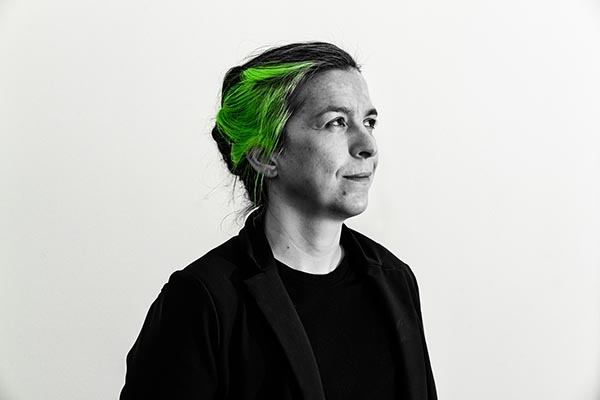
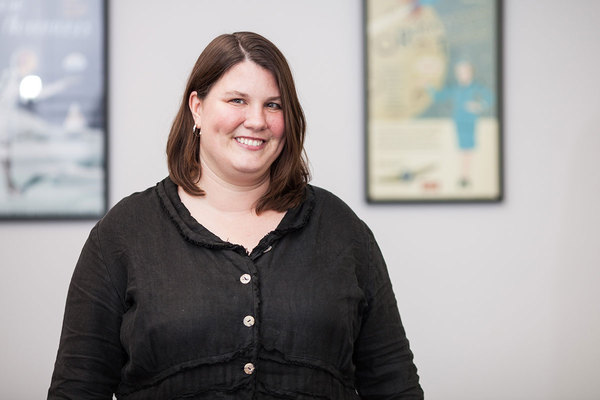
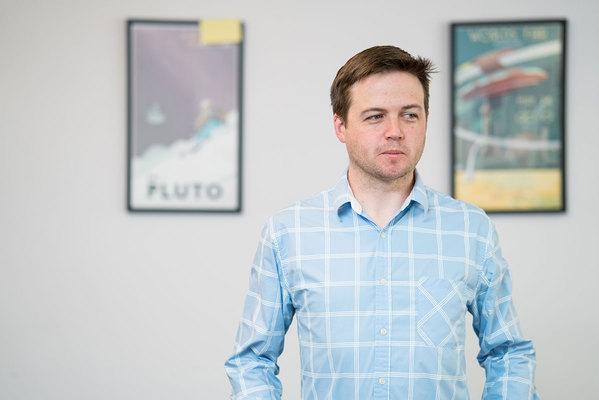
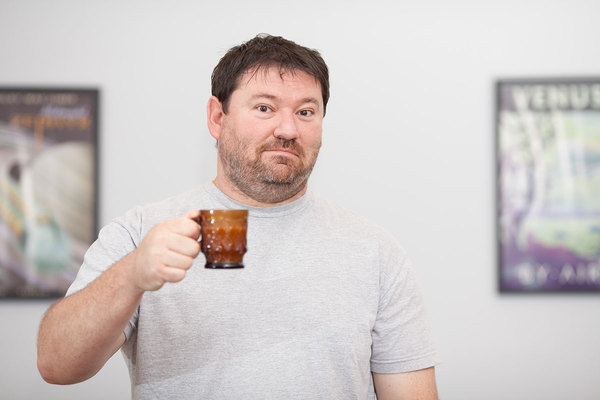
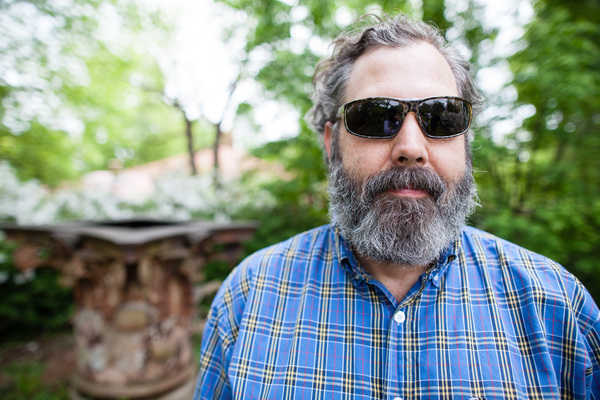
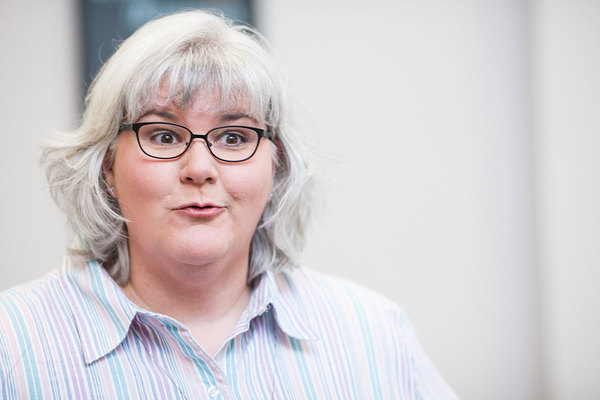
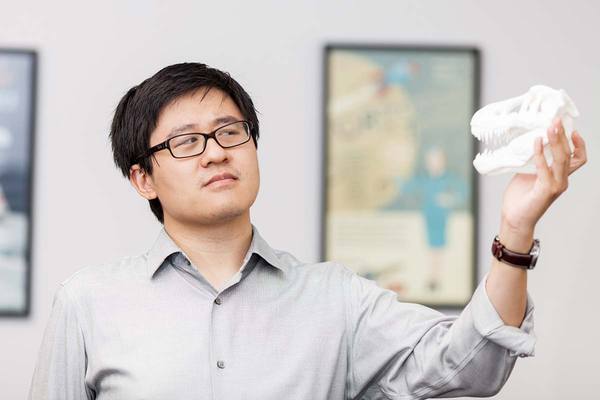
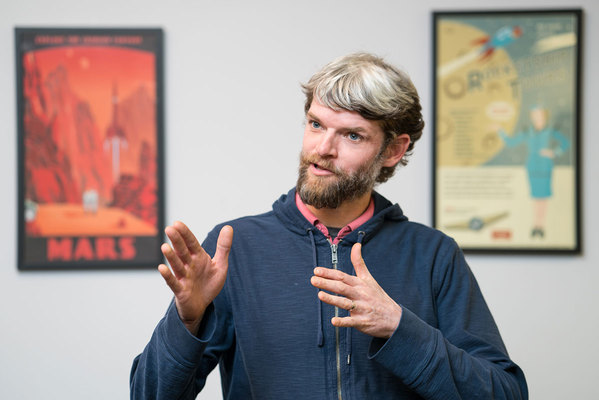

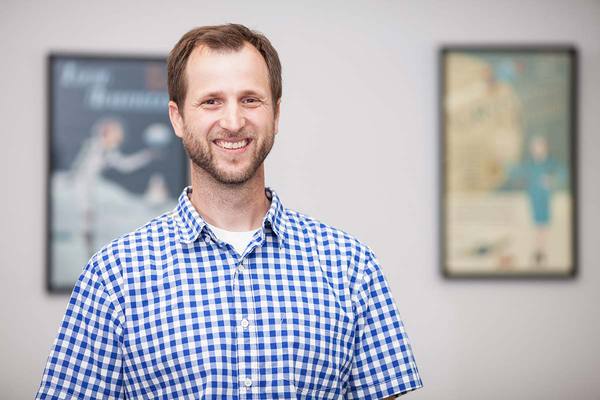
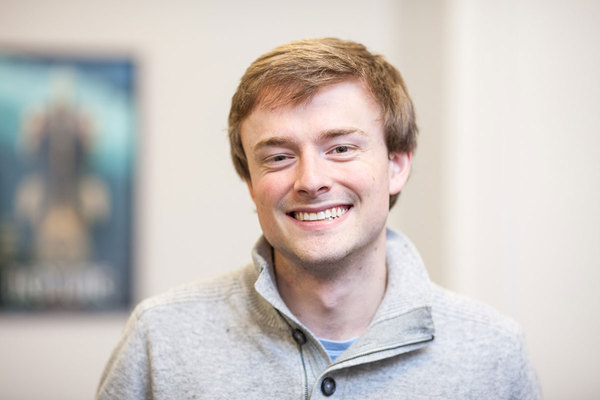
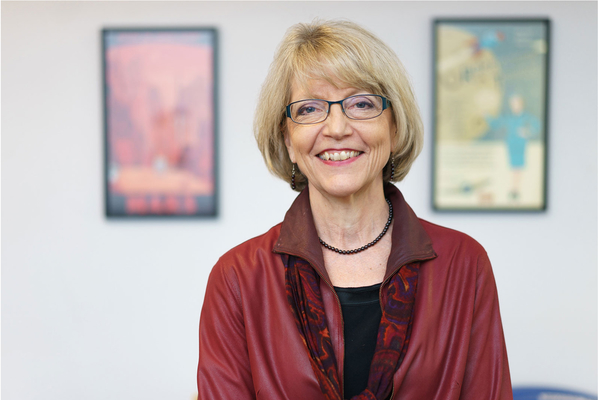






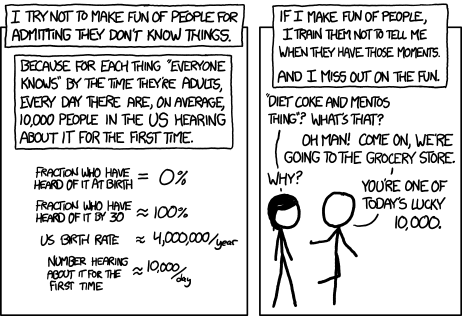
3D modeling and printing, physical computing, electronics, textiles, laser cutting, crafting.
GIS, 3D modeling, laser scanning, aerial drones, photogrammetry, virtual and augmented reality.
Project management, web design and development, programming pedagogy, digital collections & exhibitions, data management, text analysis.
Our strengths in digital humanities, spatial technology, and humanities-informed critical making inform all our consultations for experimental scholarly projects. The Scholars' Lab's and IATH's international reputation and external leadership and service mean we have experience with a wide range of research and researchers, and can connect you effectively to external communities, opportunities, and trends.
Sixth-year funding for a dissertation-level research project of your own design, with regular support from staff on scoping and implementation.
Introduction to DH for a group of early-career PhD students, which includes collaborative projects and activities and experience with a broad range of approaches to DH praxis and pedagogy
IATH's two-year fellowship program is awarded yearly to a UVA faculty doing research in the humanities. These collaborative research proposals are designed for scholarship that can be enhanced through use of computers for analysis, interpretation, modeling, and other research activities. Fellows are provided with consulting, technical support, applications programming, and networked publishing facilities.
Visit the DH Center Website to set up a time to talk with us about your work and interests!
You can also visit or email the Scholars' Lab, or visit or email IATH to discuss your projects, teaching, and fellowship opportunities.
Independent art historian Anne Leader's Digital Sepoltuario: Memorial Culture in Renaissance Florence offers students, scholars, and the public an online resource for the study of commemorative culture in Florence from the thirteenth through the eighteenth centuries. Based on the city-wide sepoltuario (tombs registers) compiled by the antiquarian Stefano Rosselli in the mid-seventeenth century, this site includes an illustrated catalogue of the city’s memorials that recreates the commemorative landscape of the pre-modern city. Florence’s extensive memorial culture was developed and propagated through thousands of decorated tombs personalized with inscriptions and coats of arms. These sepulchers were intended both to encourage prayers for the dead to ease their passage through Purgatory and to preserve and promote the family name for eternity. Groups who could sponsor altars and chapels ensured that masses and offices would further remediate their sin and aid their souls in their pursuit of heaven. Furnishings like holy water stoups, doorways, and altarpieces not only provided the clergy and faithful with what they needed for worship but also could be emblazoned with coats of arms and inscriptions as signs of their donors’ piety and reminders to pray for their souls.
History Professor Christian McMillen’s Indian Land Loss spans the 20th century history of Indian land sales, and a major component of that project is the digitization of historic, publicly available government data heretofore only available in analog form, in combination with General Land Office patent data. Once digitized the data will be utilized to understand, among other things, where and under what conditions land sales were more or less prevalent. The digitized materials will also allow the mapping of land loss and retention. Professor McMillen would like to develop a methodology that would allow for other data sets, of which there are untold numbers in archives and government documents, related to American Indians, to be similarly unlocked and made available for research.
A collaboration with independent scholars Jane Ailes and Deborah Lee, Virginia Emigrants to Liberia is building a comprehensive dataset of 3,650 Virginia emigrants to Liberia based on documents, ship records, and letters associated with the American Colonization Society's sponsorship of African Americans voluntarily emigrating to the new colony of Liberia.
The complex responses of Black and white Virginians to African colonization, slavery, freedom, and citizenship on both sides of the Atlantic are revealed in this collection of documents and data. They contribute greatly to otherwise scarce data on 19th century Black Virginians, including surnames, family and community relationships, occupations, former enslavers, literacy, and religion. As a public collaboration, this website is anticipated to reach scholars who can add more information about the individuals and families featured and will enlarge our understanding of the national political and social forces at work in antebellum America.
Associate Professor Urban and Environmental Planning Jessica Sewell's Suzhou Urban Cultural Landscapes Guide explores the spaces and buildings of Suzhou, China, in their cultural and historical context. It connects everyday and ordinary spaces and buildings with themes that cut across multiple areas of the city, such as tourism and heritage, the informal economy, the sidewalk and alley as extensions of domestic space, spaces of production and selling, and public recreation. The study of urban cultural landscapes focuses on urban places as elements of culture that can be read to understand more about the people who created and live in them. The guide explores spaces that range from traditional vernacular urban spaces to spaces in rapidly expanding new towns to better understand the complexity of Suzhou and the ways that people live within it. It marries typologies, sites, history, and themes in order to open up our understanding of the urban cultural landscapes of one particular Chinese city and by extension, Chinese urban cultural landscapes more broadly.
Sociology Associate Professor Angel Parham's Layered Memories project excavates everyday histories by using what she calls lieux de souvenir analysis lieux de souvenir are places whose histories have been forgotten, submerged, or only very partially remembered. The focus is on three sites in New Orleans and their physical and social transformation over three centuries: the Hermann-Grima historic house; the site of a French Quarter hotel that used to be a slave market, and the New Orleans African American Museum located in the historic Black neighborhood Tremé.
The project responds in part to protests over monuments, statues, and other historic sites that calls for an honest reckoning. Our ability to move forward as a national community in the U.S. requires that we find ways to make excellent and nuanced historical research intelligible and accessible to public audiences. Professor Parham's approach provides in-depth historical work on key sites that serve as entrées to conversations concerning larger social and political dynamics within a given neighborhood, city or region.
Jennifer Saunders' fellowship project is a 3D digital reconstruction of the blacktop of St. Emma Military Academy in Powhatan, VA circa 1965. Though hundreds of students made memories on the grounds of this Black Catholic military boarding school between 1895 and 1972, most of its buildings were demolished soon after the school closed. This project aims to acknowledge the value of students' experiences by restoring the landscape in an accessible, interactive way, and to explore digital methods as an element of the historic preservation toolkit.
Michelle Morgenstern's (Anthropology) dissertation explores the ethical lives of young people who credit the social media platform, Tumblr, with shaping their beliefs about what it means to be and do good in the world. It integrates ethnography with large-scale text analytics to investigate how these young people come to take up and enact new political and moral commitments through creative linguistic practices.
Janet Dunkelbarger's project explores the physical, visual, and phenomenological aspects of dining outdoors in the gardens of Pompeii in the 1st century AD. Using virtual reality to rebuild several of Pompeii’s Garden Dining Spaces, the 3D reconstructions will create an integrated and immersive experience in which to explore the spaces and better understand their use and significance to the people of the ancient city.
Jennifer Foy is a PhD candidate in English at the University of Virginia. Her research focuses on the axes of stigma and sympathy in eighteenth century literature and culture, and her dissertation is titled ‘Mapping Sympathy: Sensibility, Stigma, and Space in the Long Eighteenth Century."
Jordan Buysse's (English) DH fellowship research applies recent tools and packages for natural language processing to Gertrude Stein’s 1931 book How to Write. His particular focus is grammar, a subject that fascinates Stein and animates some of her most inventive and challenging prose. While many text analytic approaches to literature center individual words as the primary unit of analysis, Stein’s proud self-identification as a “grammarian” demands an approach honed in on the connections between words at the clause and sentence level. Apart from the specific research case of Stein, the project will also consider some practical ways that researchers can search for, sift through, and otherwise explore phrase-level units of language.